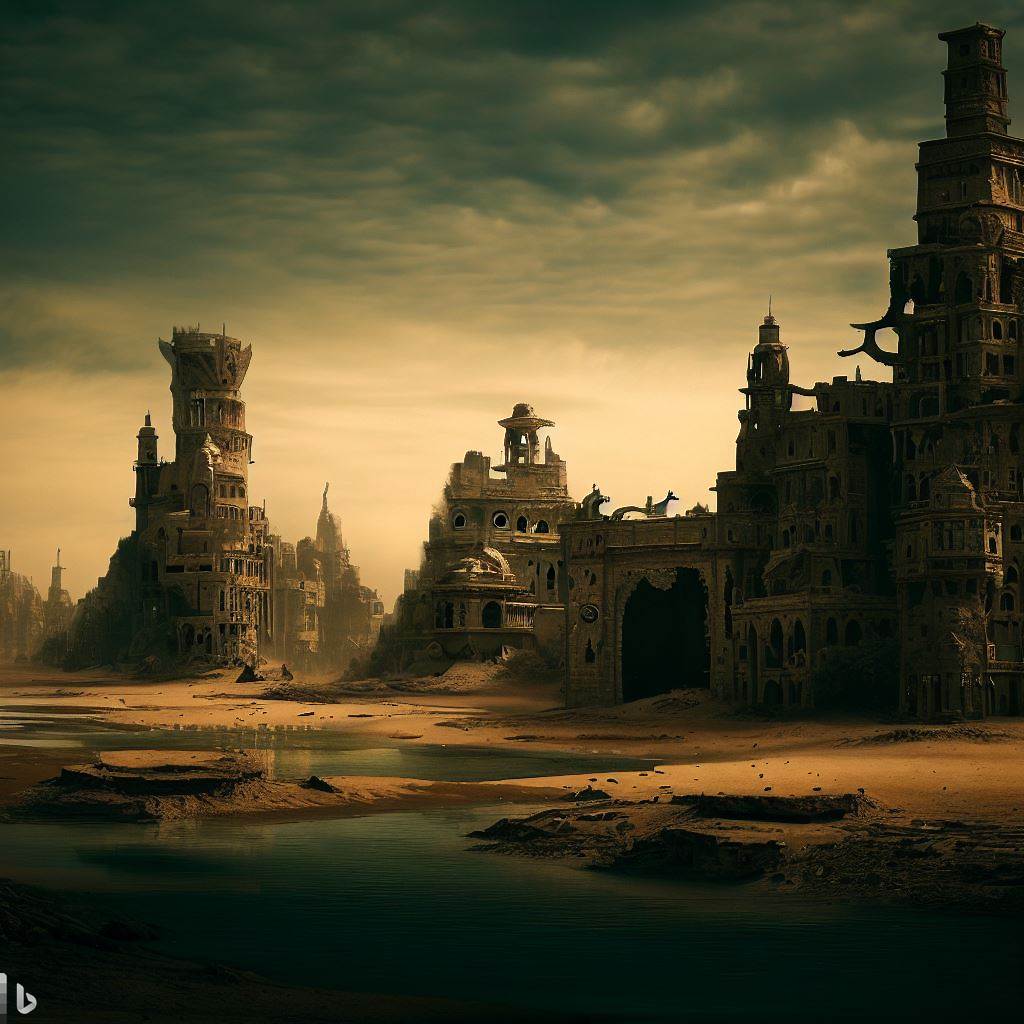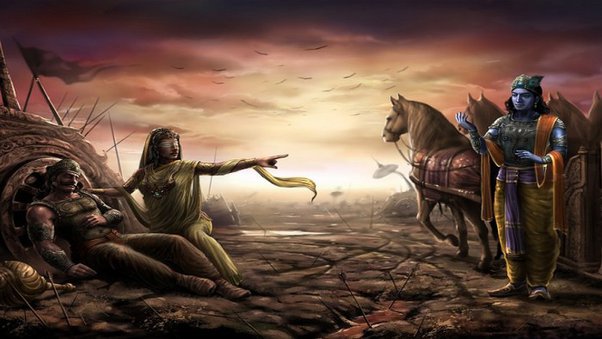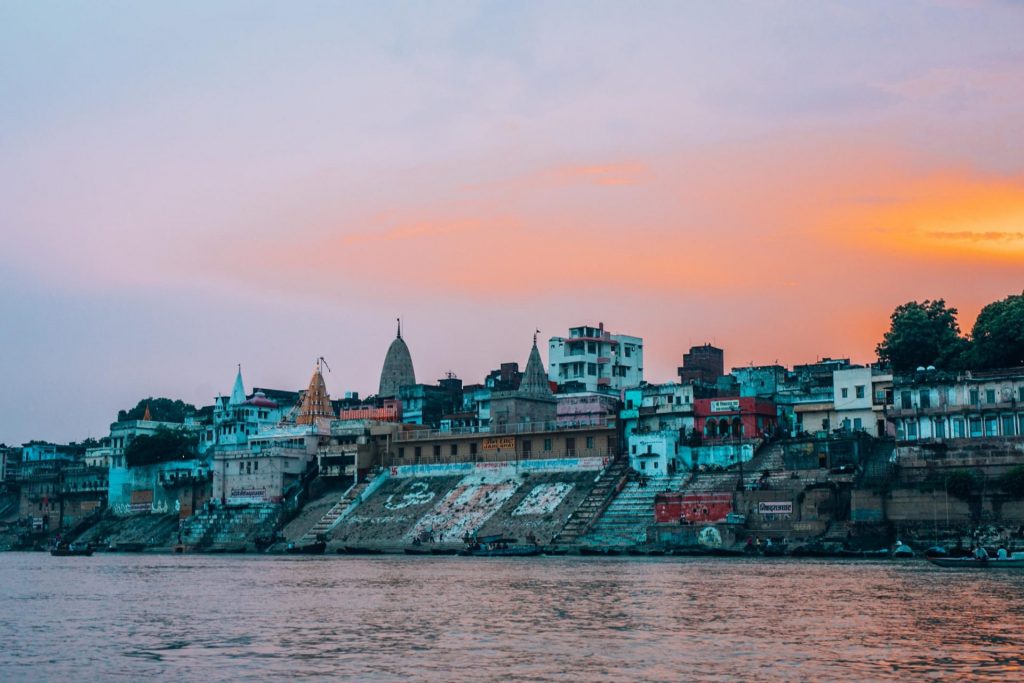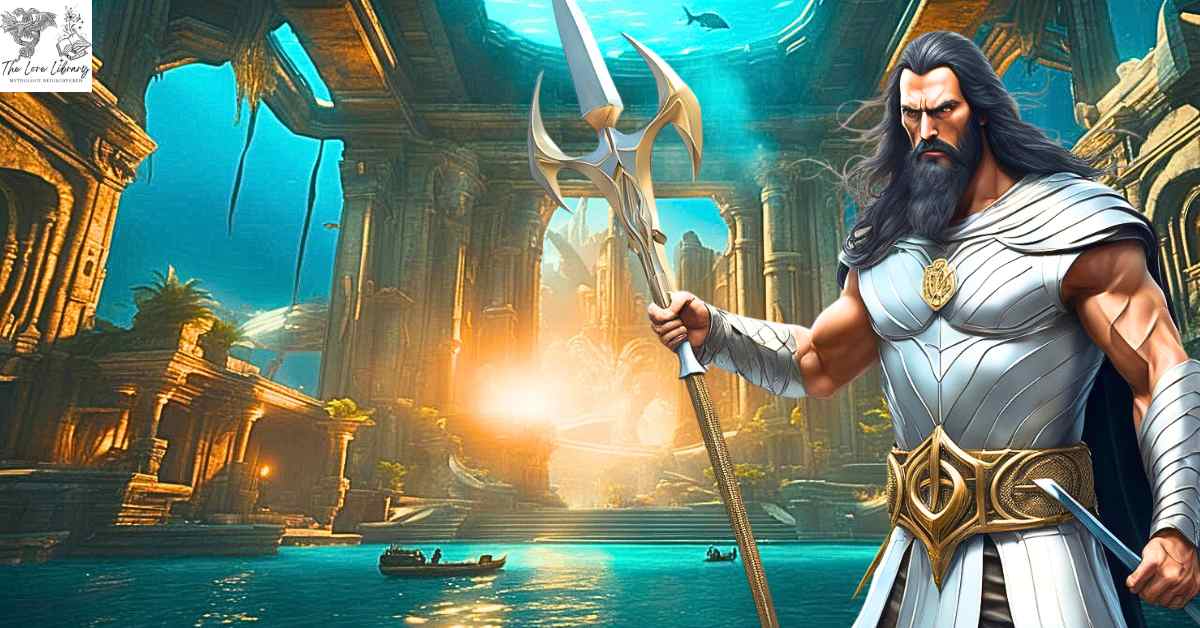Nestled along the western coast of India, the Lost City of Dwarka has captivated historians, archaeologists, and explorers alike for centuries. Steeped in mythology and ancient legends, Dwarka remains an enigmatic site that promises to shed light on the distant past. This article delves into the historical significance of Dwarka, the fascinating archaeological discoveries, and the prevailing theories surrounding its disappearance.
Historical Significance of Dwarka
Dwarka stands as a testament to the rich historical heritage of the Indian subcontinent. According to ancient texts, including the Mahabharata and various Puranas, Dwarka was once a majestic kingdom ruled by Lord Krishna, a revered figure in Hindu mythology. Its prominence is evident from its mention in these sacred texts, which describe it as a flourishing metropolis of wealth and prosperity.
Archaeological Excavations and Findings
Intrigued by mythical tales and historical accounts, numerous archaeological expeditions have set out to unearth the secrets hidden beneath the sands of Dwarka. Over the years, these excavations have yielded a treasure trove of ancient artifacts and remains, providing valuable insights into the past.
Among the most notable discoveries are the submerged city’s architectural remnants, including massive walls, elaborate drainage systems, and intricately carved stone structures. These findings hint at a highly advanced urban settlement that thrived centuries ago.
One of the most remarkable discoveries is the legendary Dwarka Dwarkadhish temple, believed to be the dwelling place of Lord Krishna himself. Excavations have revealed submerged parts of this temple, further validating the ancient texts’ claims.

Moreover, the exploration of Dwarka’s underwater landscape has yielded artifacts such as pottery, coins, and sculptures, serving as tangible evidence of the civilization’s existence.
As researchers continue to meticulously analyze the findings, the Lost City of Dwarka remains a treasure trove of historical knowledge, bridging the gap between mythology and reality.
Theories and Speculations Surrounding Dwarka’s Disappearance
The enigmatic disappearance of Dwarka has spawned various theories and speculations, each attempting to unravel the mystery behind the city’s demise. While the ancient texts mention a catastrophic event leading to its submersion, modern scholars and researchers have proposed several hypotheses:
Geological Catastrophe
Some experts speculate that Dwarka could have succumbed to a natural disaster, such as an earthquake or a tsunami. The region’s seismic activity, given its proximity to tectonic plate boundaries, adds weight to this theory. The underwater remains and the sudden submergence of the city could be indicative of such a catastrophic event.
Rising Sea Levels
With climate change and global warming in focus, some researchers suggest that a gradual rise in sea levels might have submerged Dwarka over an extended period. This hypothesis aligns with the idea that the ancient city could have gradually disappeared beneath the waters.
Shift in Trade Routes
Dwarka’s prosperity was closely tied to maritime trade routes. Some experts propose that changes in trade patterns and the emergence of alternate trade routes might have led to the city’s abandonment. As trade declined, the city’s economic foundation could have crumbled, eventually leading to its decline.
Invasion and Destruction
Historical records hint at possible invasions and wars during ancient times. It is plausible that Dwarka might have fallen victim to such an invasion, leading to its destruction and subsequent submersion.
The disappearance of Dwarka remains an enduring mystery, and while each theory provides compelling insights, the exact events leading to its demise continue to elude us.
Legends and Myths Associated with Dwarka
Gandhari’s Curse and the Mythological Ending of Dwarka at the End of Dwaparyuga
In the rich tapestry of Hindu mythology, the legendary city of Dwarka faced a dramatic and mythological end at the conclusion of the Dwaparyuga, an era in the ancient Hindu scriptures. The pivotal event that led to the city’s demise was Gandhari’s curse, a powerful and tragic pronouncement.
Gandhari, the Queen Mother of the Kuru dynasty, was known for her unwavering devotion and sacrifice. However, the Kurukshetra War, a colossal battle fought between the Pandavas and the Kauravas, led to the loss of all her sons. Overwhelmed by grief and rage, she cursed Lord Krishna and his dynasty, including Dwarka, with annihilation.

The curse took effect with the passing of thirty-six years after the Kurukshetra War. During this time, Lord Krishna’s once-powerful Yadava clan, which had its capital in Dwarka, succumbed to internal conflicts and dissensions. Their moral decline and arrogance further fueled the course of events.
The Samba incident played a pivotal role in Dwarka’s mythological ending. Samba, the son of Lord Krishna, played a practical joke on sages by disguising himself as a pregnant woman. Outraged by the mockery, the sages cursed Samba with a disease that caused iron to accumulate in his body. Despite all efforts to cure him, Samba succumbed to the curse.
Enraged by his son’s death and witnessing the decline of his clan, Lord Krishna foresaw the impending doom. On the pretext of a pilgrimage, he gathered his clan members at Prabhas Patan, a nearby coastal area. During a night of a celestial festival, an internecine conflict broke out among the intoxicated Yadavas.
Amidst the chaos, an unexpected twist of fate unfolded. Lord Krishna, recognizing the fulfillment of Gandhari’s curse, withdrew into meditation under a tree. A hunter, mistaking his feet for a deer’s face, shot an arrow, mortally wounding Lord Krishna. The omniscient deity knew this was the end of his earthly journey, and he welcomed the hunter’s arrow with a serene acceptance.
In the aftermath of this tragic event, Dwarka faced its fateful conclusion. As foretold, the once-mighty city began to sink into the ocean, consumed by the waves that erased its existence. Dwarka’s grandeur, prosperity, and magnificence were lost to the depths of time, becoming an enigmatic legend entwined with the vast ocean’s secrets.
The mythological ending of Dwarka at the end of Dwaparyuga remains a poignant reminder of the cyclical nature of time and the impermanence of human endeavors. The tale of Gandhari’s curse and the city’s disappearance into the sea has left an indelible mark on Hindu mythology, preserving the memory of Dwarka’s mystical past for eternity.
Throughout history, Dwarka has been steeped in legends and myths, adding to its allure and mystical aura. One of the most prominent tales revolves around Lord Krishna, who is believed to have founded the city. According to Hindu mythology, Dwarka was the prosperous kingdom where Lord Krishna resided and ruled.
The legends speak of Dwarka’s opulence and grandeur, describing it as the “Golden City” with majestic palaces, gardens, and temples. The Dwarkadhish temple, dedicated to Lord Krishna, was said to be a marvel of architecture and devotion.
Another intriguing myth is the story of the city’s disappearance. It is believed that after Lord Krishna’s departure from the mortal world, the city faced a catastrophic event that led to its submersion into the sea. The legends further narrate that the sea swallowed Dwarka, returning it to the realm of the gods.
These myths and stories have not only fascinated devotees but have also inspired explorers and researchers to seek the truth behind the legends. While the stories hold profound cultural and religious significance, discerning historical truths from the realm of mythology remains a challenge.
Geographical and Underwater Exploration
The pursuit of Dwarka’s mysteries has extended beyond the realms of mythology and historical texts. Geographic explorations have played a crucial role in uncovering the city’s traces and understanding its past.
Modern technology, including satellite imaging and geographical mapping, has enabled researchers to identify potential sites for exploration. The mapping of the Gulf of Khambhat, off the coast of Gujarat, has revealed submerged structures and formations that align with the descriptions of Dwarka in ancient texts.

Underwater explorations have been a significant part of the quest to rediscover Dwarka. Advanced diving expeditions equipped with sonar and underwater cameras have captured breathtaking images of the submerged city. These explorations have not only confirmed the existence of a once-flourishing city but have also unearthed valuable artifacts and relics.
In recent years, advancements in marine archaeology have offered new insights into Dwarka’s underwater landscape. As researchers continue to analyze the findings and explore the depths, the Lost City of Dwarka remains a captivating tale of exploration and discovery.
Impact of Dwarka’s Discovery on Modern Understanding
The rediscovery and ongoing exploration of Dwarka have had a profound impact on modern understanding and historical perspectives. By bridging the gap between mythology and archaeology, the findings have enriched our knowledge of ancient civilizations and their cultural significance.
The validation of the ancient texts’ accounts through archaeological evidence has strengthened the belief in the historical accuracy of mythological narratives. Scholars and researchers now view these texts as valuable resources for understanding the past, offering a more comprehensive picture of ancient societies.
Moreover, Dwarka’s discovery has sparked renewed interest in maritime archaeology, inspiring further research into submerged ancient cities around the world. The methods and technologies employed in exploring Dwarka have paved the way for similar underwater excavations in other regions, leading to groundbreaking discoveries.
Preservation Efforts and Challenges
Preserving the invaluable historical heritage of Dwarka poses significant challenges. As the underwater city is susceptible to natural forces, human activity, and pollution, conservation efforts become imperative.
One of the primary challenges is to strike a balance between promoting tourism for educational and cultural purposes and preserving the delicate underwater structures and artifacts. Responsible tourism practices and controlled access to the sites can help minimize human impact.
Additionally, measures to protect the marine ecosystem and prevent pollution are crucial in safeguarding the submerged city. Collaborative efforts between archaeological authorities, environmentalists, and local communities are essential to ensure the long-term preservation of Dwarka’s legacy.
Debunking Misconceptions and Pseudoscientific Claims
The fascination surrounding Dwarka has also attracted numerous misconceptions and pseudoscientific claims. From extravagant legends to speculative theories, distinguishing fact from fiction is vital in presenting accurate information about Dwarka.
As responsible researchers and educators, it is essential to debunk pseudoscientific claims related to the Lost City. By providing evidence-based explanations and referencing reputable sources, we can dispel myths and ensure that the discourse on Dwarka remains grounded in historical and scientific accuracy.
Conclusion: Dwarka’s Enduring Enigma
The Lost City of Dwarka continues to stand as a captivating enigma, captivating the minds of historians, archaeologists, and enthusiasts. Its submerged remnants tell a tale of a once-prosperous civilization that thrived in the distant past.
Through a combination of mythology, historical records, and modern archaeological discoveries, we have gained profound insights into Dwarka’s existence and disappearance. As we continue to unravel its mysteries, it is essential to approach the topic with open-minded curiosity and respect for both cultural heritage and scientific evidence.
Dwarka’s allure lies not only in its historical significance but also in the boundless possibilities it presents for future research and exploration. With the spirit of discovery driving us forward, we endeavor to preserve and understand the Lost City of Dwarka, keeping its memory alive for generations to come.
FAQs – The Mystery behind the Lost City of Dwarka
Q1: Is Dwarka a real city, or is it merely a mythological tale?
A: Dwarka is indeed a real city with historical significance. While it features prominently in Hindu mythology and ancient texts like the Mahabharata, archaeological excavations have confirmed the existence of a once-flourishing city submerged off the coast of Gujarat, India.
Q2: What makes Dwarka’s discovery unique and significant?
A: Dwarka’s discovery is unique as it intertwines mythology, historical records, and modern archaeology. The confirmation of an ancient city that aligns with ancient texts has provided valuable insights into ancient civilizations and their cultural heritage.
Q3: How can I visit the submerged remains of Dwarka?
A: Access to the submerged archaeological sites is carefully regulated to preserve the delicate structures and artifacts. While diving expeditions are conducted by licensed agencies and researchers, general public access to the submerged city might be limited. However, you can explore the Dwarkadhish temple and various historical sites in the present-day city of Dwarka.
Q4: What are the ongoing preservation efforts for Dwarka’s legacy?
A: Preserving Dwarka’s legacy is a collaborative effort involving archaeologists, environmentalists, and local authorities. Measures include responsible tourism practices, pollution control, and research to better understand the underwater ecosystem and the impact of human activity.
Q5: Are there other submerged ancient cities waiting to be discovered?
A: Yes, the discovery of Dwarka has inspired researchers to explore other potential underwater archaeological sites around the world. There are ongoing efforts to locate and study submerged cities, which could provide valuable insights into past civilizations and their interactions with the environment.
Q6: How can I learn more about Dwarka and its mysteries?
A: To delve deeper into Dwarka’s mysteries, you can explore reputable books, academic papers, and documentaries on the subject. Additionally, visiting museums and exhibitions dedicated to ancient civilizations can provide further context and understanding.
Q7: What is the significance of Dwarka in modern times?
A: Apart from its historical and cultural importance, Dwarka’s discovery has fueled advancements in maritime archaeology and underwater exploration. It also serves as a reminder of the enduring quest for knowledge and the fascination with uncovering the secrets of the past.
Q8: Can we expect more discoveries about Dwarka in the future?
A: Absolutely! Archaeological research is an ongoing process, and new technologies and methodologies may lead to further discoveries related to Dwarka’s past. The quest to unravel its mysteries is likely to continue, offering exciting prospects for the future.
References – UNESCO World Heritage Centre
Shop amazing Anunnaki Merchandise at our store, Follow us on Facebook, Instagram, And For More Interesting Content Also Subscribe To Our Youtube Channel.










I would like to see the objects recovered from the site.perhaps they would shed light on other ancient sites that are on land.
Your evidence discombobulates me 🙁
Wow, awesome weblog layout! How lengthy have you ever been blogging for?
you make blogging glance easy. The whole look
of your web site is excellent, let alone the
content!